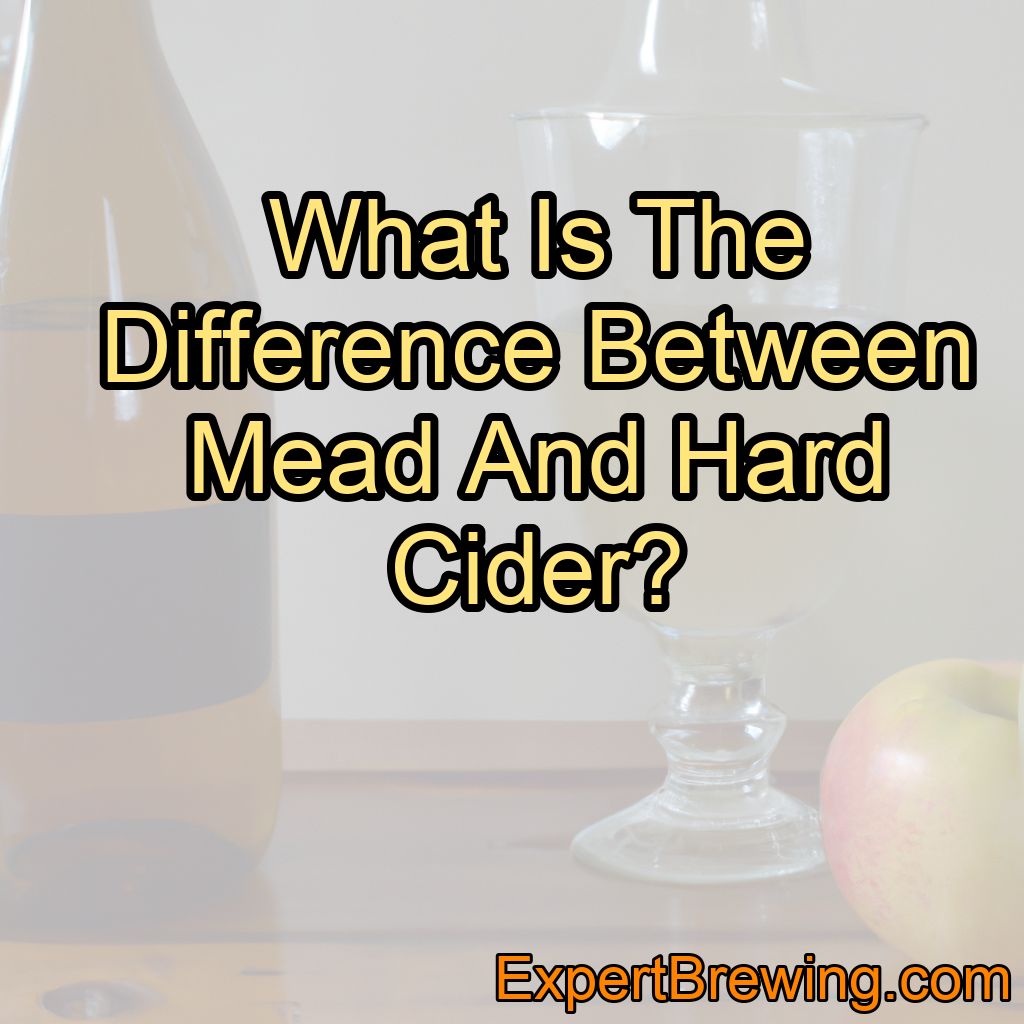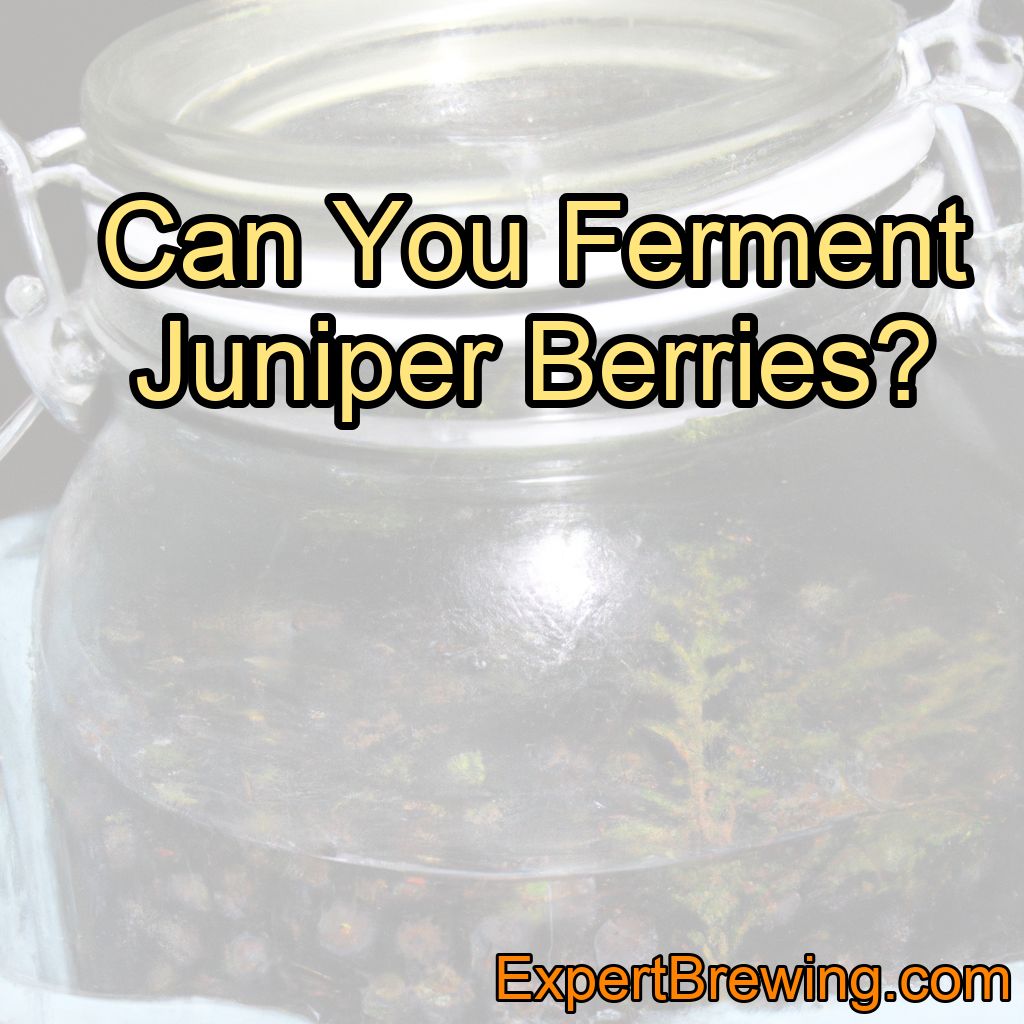Mead and hard cider are two popular types of alcoholic beverages that have been enjoyed by people for centuries.
Both are made through the fermentation process, and both have unique, distinct flavors and characteristics that set them apart from one another.
But, what exactly is the difference between mead and hard cider?
Mead is a fermented beverage made from honey, water, and yeast, while hard cider is made from fermented apple juice.
The primary difference between the two lies in their base ingredients and the resulting flavors.
In this blog post, we’ll dive deep into the differences between these two beverages, exploring their history, ingredients, production methods, and more. I’ll also share some of my personal experiences with brewing and enjoying both mead and hard cider.
The History of Mead
1.Ancient Origins: Mead is believed to be one of the oldest alcoholic beverages, with evidence of its production dating back more than 9,000 years. It was enjoyed by ancient civilizations like the Egyptians, Greeks, and Romans, and featured prominently in Norse mythology.
2.Cultural Significance: Throughout history, mead has played an important role in various cultures. In Norse mythology, for example, the Mead of Poetry was a mythical beverage that turned anyone who drank it into a scholar or poet. In England, mead was traditionally consumed during wedding celebrations, giving birth to the term “honeymoon.”
3.Modern Revival: In recent years, there has been a resurgence of interest in mead, with craft meaderies popping up around the world. This has led to a greater appreciation of this ancient beverage and a wider variety of mead styles and flavors.
The History of Hard Cider
1.Early Beginnings: Cider has been enjoyed for thousands of years, with the first recorded evidence of its production dating back to around 55 BC, when Romans encountered the Celts in what is now England.
2.Cider’s Heyday: In the 18th and 19th centuries, cider was the most popular alcoholic beverage in America, especially in regions with a strong apple-growing tradition. Many early American settlers, including the Founding Fathers, were known to enjoy a glass of hard cider.
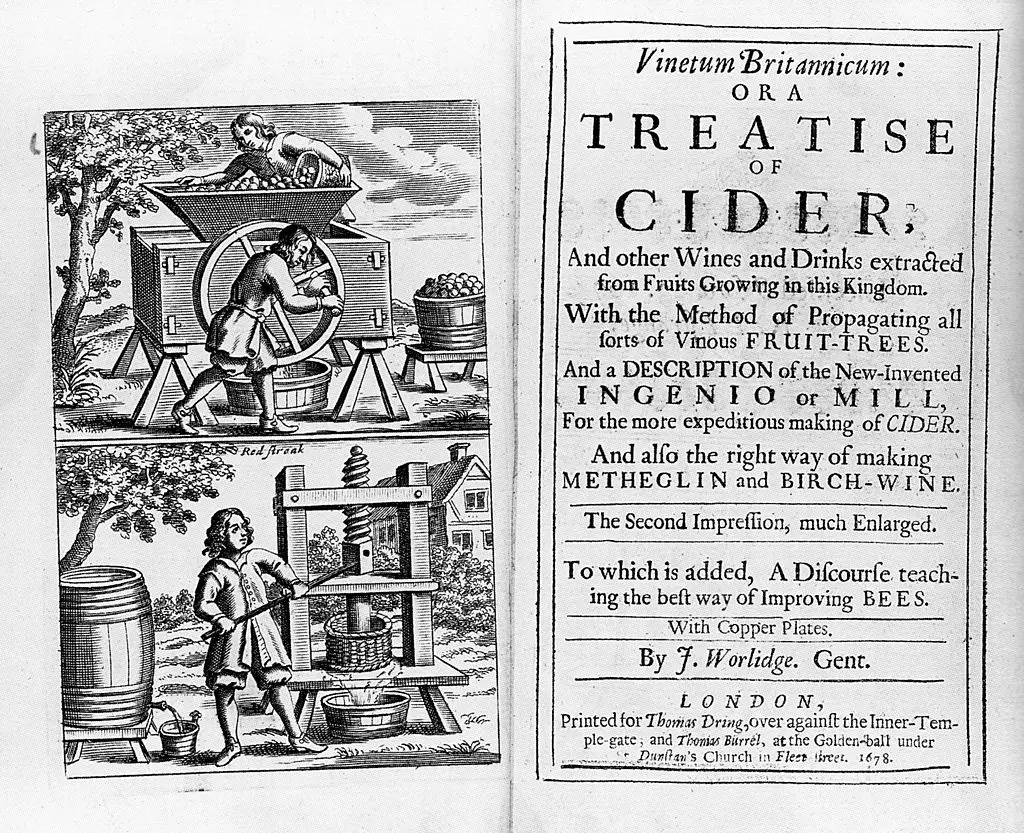
3.Prohibition and Decline: The Prohibition era in the United States led to a decline in cider production, as many orchards were destroyed or converted to grow other crops. However, the last few decades have seen a resurgence in cider’s popularity, with craft cideries popping up across the country.
Ingredients and Flavors
Mead
1.Honey: The primary ingredient in mead is honey, which gives the beverage its characteristic sweetness. The type of honey used can greatly impact the final flavor of the mead, with darker, richer honeys resulting in more robust flavors and lighter honeys producing a more delicate taste.
2.Water: Water is another crucial ingredient in mead, as it dilutes the honey and creates the right environment for fermentation. The quality of the water used can also affect the finished product, with some mead makers preferring spring or well water for their unique mineral profiles.
3.Yeast: Yeast is the final key ingredient in mead, responsible for converting the sugars in the honey into alcohol. Different strains of yeast can be used to create different flavors and characteristics in the finished mead.
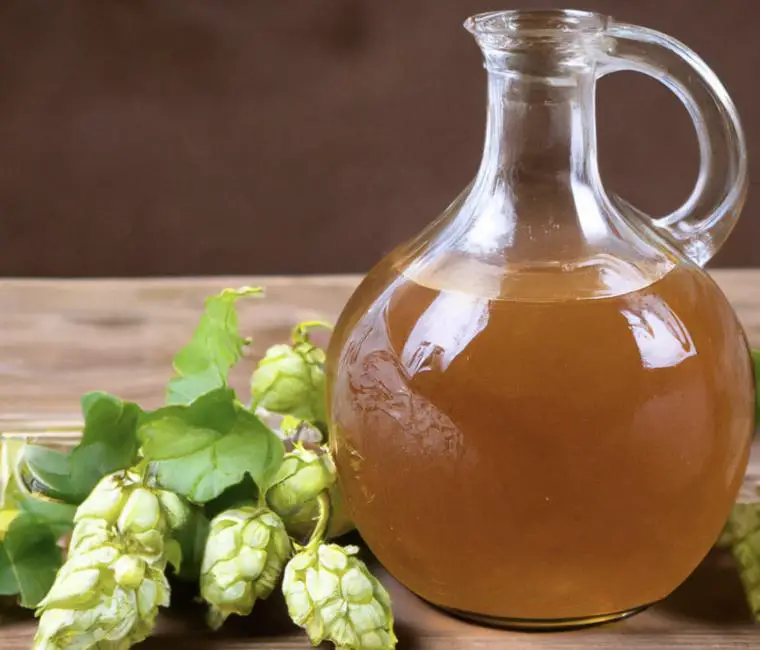
Hard Cider
1.Apples: The primary ingredient in hard cider is apples, which provide the natural sugars necessary for fermentation. There are countless apple varieties, and the specific blend used in a cider can greatly impact its flavor, acidity, and aroma.
2.Yeast: As with mead, yeast is crucial for fermentation in hard cider. Different strains can be used to create different flavors and characteristics in the finished cider.
Production Methods
Whereas cider requires growing or buying apples that need to be ground and sqeezed for their juice, mead “just” requires a portion of good honey (which also takes time and effort to produce, I know…).
Mead
1.Mixing and Fermenting: The first step in mead production is mixing the honey and water, creating a mixture known as “must.” The must is then inoculated with yeast and allowed to ferment, typically for several weeks to months.
2.Aging and Clarifying: Once fermentation is complete, the mead is aged for a period of time, often in oak barrels or other vessels. This allows the flavors to develop and mellow. The mead may also be clarified through various methods, such as fining or filtration.
3.Bottling and Conditioning: The final step in mead production is bottling and conditioning. The mead may be carbonated, either through natural fermentation in the bottle or by force-carbonation. It is then aged further in the bottle before being enjoyed.
Hard Cider
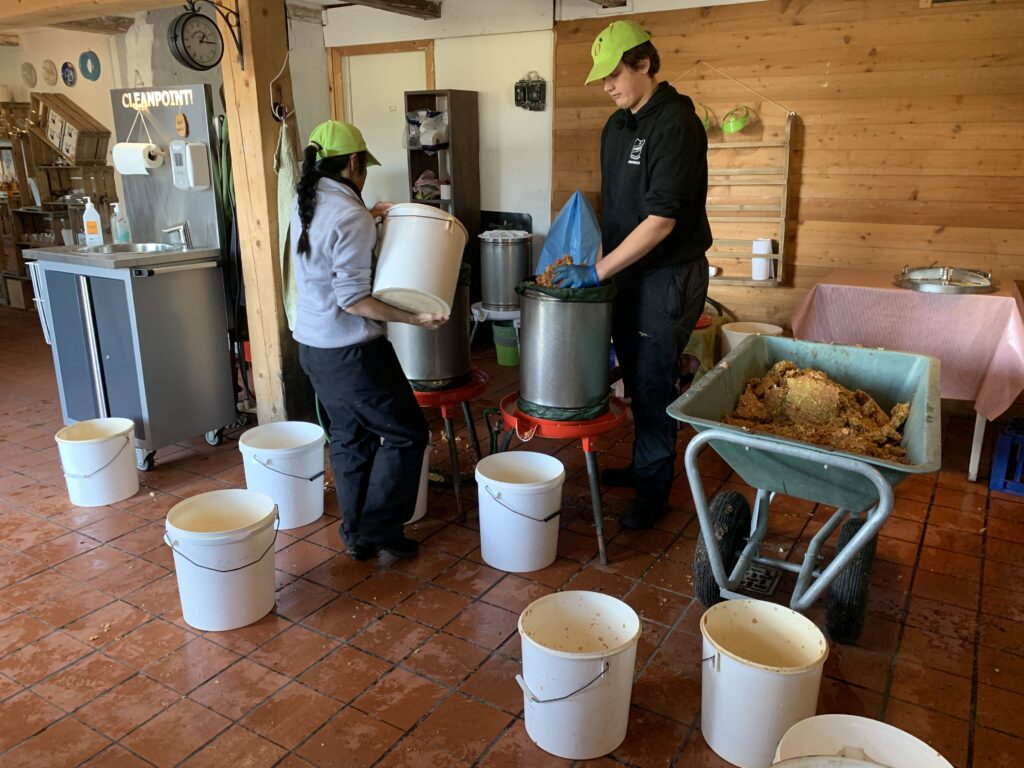
1.Juicing and Fermenting: The first step in hard cider production is juicing the apples, either by pressing or crushing. The juice is then fermented using yeast, typically for several weeks.
2.Aging and Clarifying: Like mead, hard cider is often aged and clarified to develop its flavors and remove any haze or sediment. This can be done in barrels, stainless steel tanks, or other vessels.
3.Bottling and Conditioning: Hard cider is typically bottled and conditioned, either naturally or with forced carbonation. It may also be pasteurized or filtered to ensure stability and shelf life.
Styles and Variations
Mead
1.Traditional Mead: Traditional mead is made from only honey, water, and yeast, with no additional flavors or ingredients. It can range from dry to sweet, and from still to sparkling.
2.Metheglin: Metheglin is a type of mead flavored with herbs and spices, such as cinnamon, cloves, or ginger. This adds complexity and depth to the mead’s flavor profile.
3.Melomel: Melomel is a mead made with fruit, either in addition to or in place of some of the honey. Popular fruits used in melomels include berries, cherries, and peaches.
Hard Cider
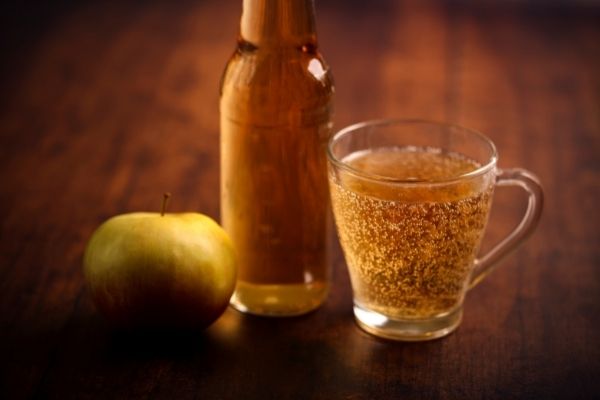
1.Dry Cider: A dry cider is made with little to no residual sugar, resulting in a tart, crisp flavor.
2.Sweet Cider: Sweet ciders are ciders with higher levels of residual sugar, providing a sweeter, more rounded flavor.
3.Spiced Cider: Spiced ciders are flavored with various spices, such as cinnamon, nutmeg, or allspice, giving them a warm, aromatic character.
Personal Brewing Experiences
As an expert brewer, I’ve had the pleasure of brewing and tasting a wide variety of meads and hard ciders. Each has its own unique qualities and challenges.
Mead: I’ve found that mead can be a bit more challenging to brew than cider, as the honey can be difficult to work with and the fermentation process can be slower. However, the end result is often worth the effort, with a rich, complex flavor that is truly unlike any other beverage.
Hard Cider: When brewing hard cider, I’ve enjoyed experimenting with different apple varieties and blends, as well as adding various spices and flavorings. The fermentation process is generally quicker and more straightforward than with mead, making it a great option for beginner brewers.
Conclusion
In conclusion, the main difference between mead and hard cider lies in their base ingredients and the resulting flavors. Mead is made from fermented honey, water, and yeast, while hard cider is made from fermented apple juice.
Both beverages have rich histories and a wide variety of styles and flavors to explore. Here are ten facts about mead and hard cider to remember:
1. Mead is one of the oldest alcoholic beverages, dating back more than 9,000 years.
2. Hard cider has been enjoyed for thousands of years, with the first recorded evidence dating back to around 55 BC.
3. The primary ingredient in mead is honey, while the primary ingredient in hard cider is apples.
4. Both mead and hard cider require yeast for fermentation.
5. Mead can range from dry to sweet, and from still to sparkling.
6. Hard cider can also be dry or sweet, and may be spiced with various herbs and spices.
7. Both beverages are typically aged and clarified to develop their flavors.
8. Mead tends to be more challenging to brew than hard cider, due to the honey and slower fermentation process.
9. Hard cider is a great option for beginner brewers, as the fermentation process is generally quicker and more straightforward.
10. Both mead and hard cider have experienced a resurgence in popularity in recent years, with craft meaderies and cideries popping up around the world.
FAQs
What makes mead different from other beverages?
Mead is different from other alcoholic beverages because it is made from fermented honey and water, without the use of grains or hops. This results in a unique flavor profile that can range from sweet and floral to dry and complex. Mead can also be infused with fruits, spices, and herbs to create a wide variety of flavors.
What makes wine different from cider?
Wine is made from fermented grapes while cider is made from fermented apples or other fruits. The different fruits used in the fermentation process give each beverage a unique flavor profile and characteristics. Additionally, wine is typically higher in alcohol content than cider.
Why does cider have less alcohol than mead?
Cider has less alcohol than mead because it is made from fermented apples, which have a lower sugar content than honey (even when diluted) used to make mead. The lower sugar content results in a lower alcohol content during the fermentation process.
Is cider more a beer or wine?
Cider is more similar to wine than beer because it is made from fermented fruit juice, typically apples, and has a similar alcohol content and flavor profile to wine.
What is the difference between wine mead and cider?
Wine is made from fermented grapes, mead is made from fermented honey and water, and cider is made from fermented apples.

